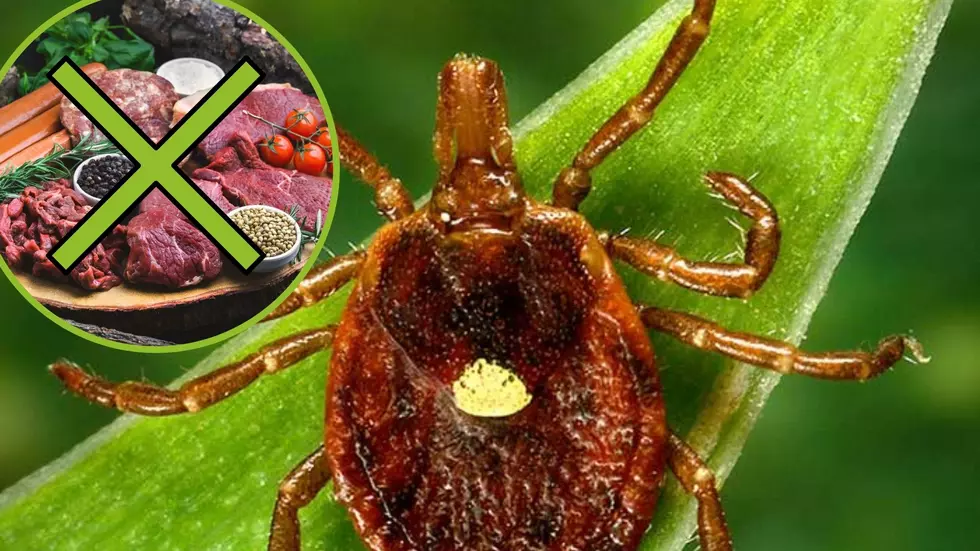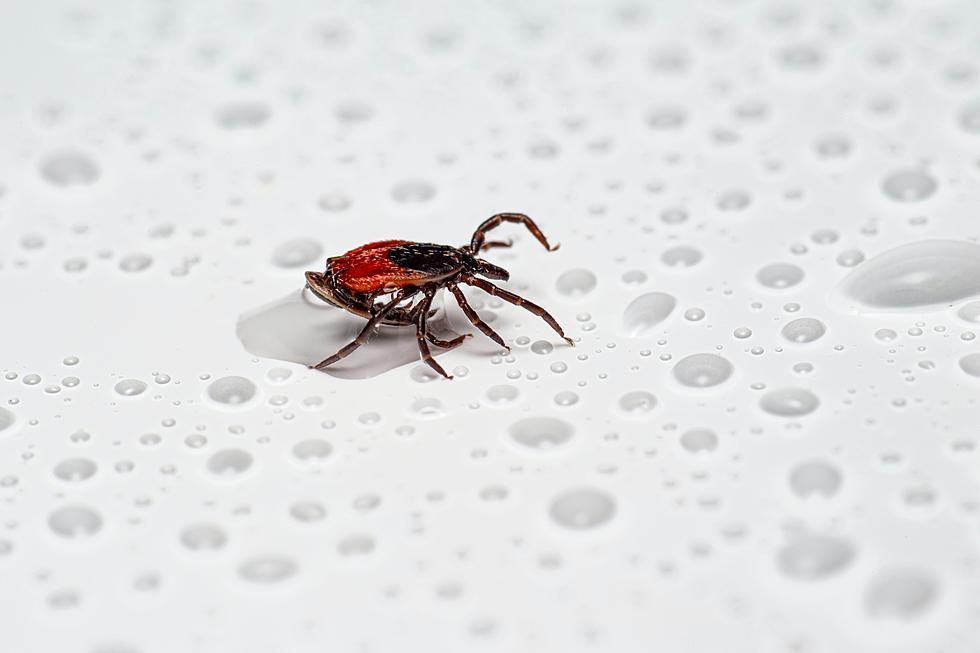
Over 50% Of Ticks in CNY Carry Lyme Disease
The Department of Health has released new data on deer ticks and the percentage that carry the Lyme Disease in CNY. Prepare to be stunned.
The study explains that more adult ticks are infected with Lyme disease, but it's the very hard to see nymphs that are more likely to pass the virus to humans.
A Nymph Tick Bites Peak in Early Summer. ... The nymph form is the second stage of a deer tick's three-stage, two-year lifecycle. Deer ticks hatch from eggs as larva in the summer. Once the larva obtains a blood meal from a host, it molts and becomes a nymph, usually in late summer/fall. [Outdoors.org]
In the study, the density represents how many ticks were collected in the 1,000-foot heavily wooded area for adult ticks and a 100-foot area for nymphs with testing at several different sites in each county.
Statewide, 51% of adult ticks and 27% of tick nymphs carry the Lyme bacteria. [Following stats from Newyorkupstate.com]
In Oneida County, 52% of adult ticks were found to be infected.
Adult infection rate: 52%
Adult density: 77.5
Nymph infection rate: 12.5%
Nymph density: 8
In Herkimer County, 55.1% of adult ticks were found to be infected.
Adult infection rate: 55.1%
Adult density: 16.3
Nymph infection rate: 24%
Nymph density: 4.2
In Onondaga County, 46.2% of adult ticks were found to be infected.
Adult infection rate: 46.2%
Adult density: 89.7
Nymph infection rate: 30%
Nymph density: 20.8
Otsego County, 41% of adult ticks were found to be infected.
Adult infection rate: 41.4%
Adult density: 23.2
Nymph infection rate: 25.2%
Nymph density: 20.8
[Information from Healthdata.ny.gov, Newyorkupstate.com]
More From 96.1 The Eagle









